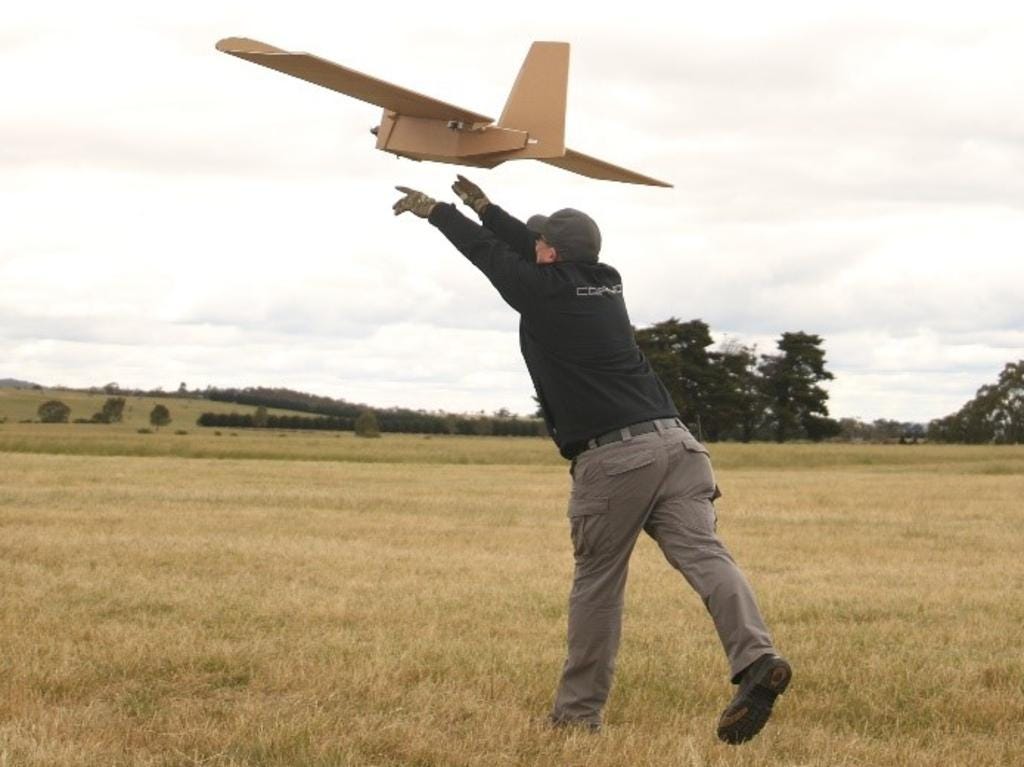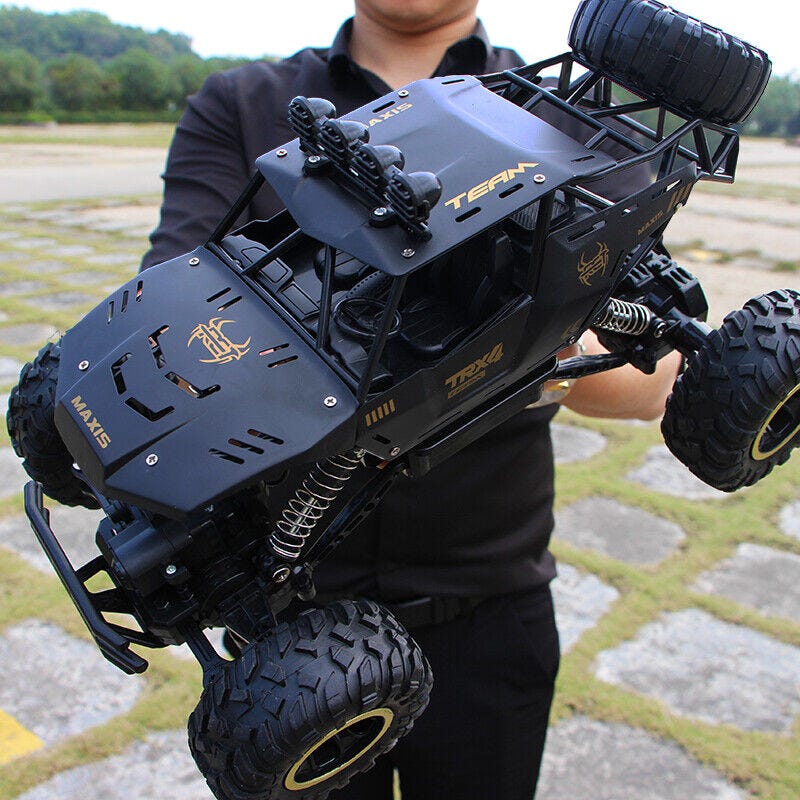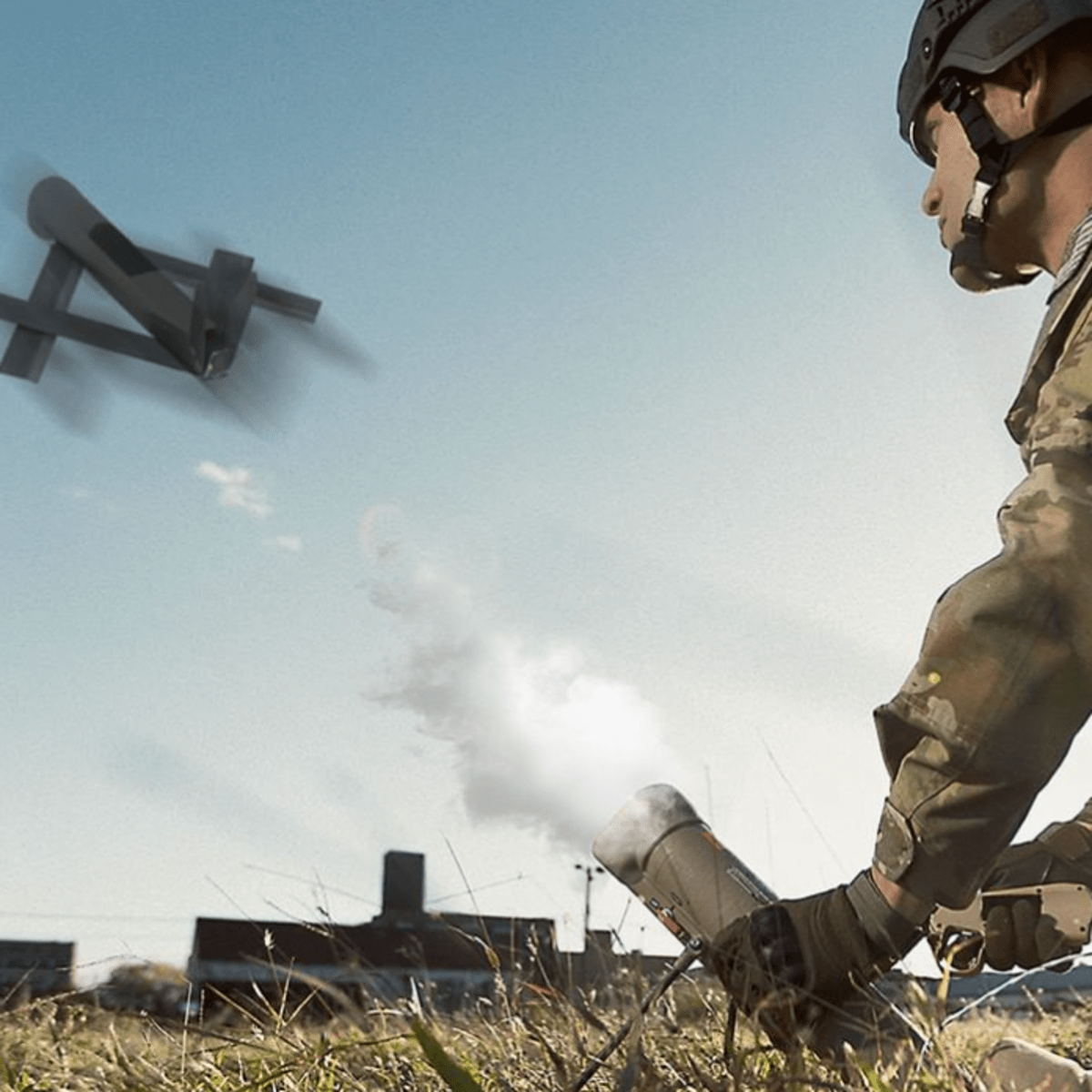We should have learned a simple lesson on 9/11 from al-Qaeda. What do you do if you want to go to war, but you don’t have B-2 bombers or F-22 fighters or M-1 Abrams tanks or Bradley armored personnel carriers or smart bombs or guided missiles or 155 mm howitzers? Why, you get 19 terrorists willing to go on a suicide mission, pay them enough money to go to a few weeks of flight school and buy 19 box cutters at hardware stores and 19 airplane tickets, and sit back and watch as they hijack four commercial airliners and hit the Pentagon and bring down the two towers of the World Trade Center.
9/11 wasn’t the beginning of off the shelf warfare – for decades, Israel had lost thousands of its citizens to low-cost homemade terrorist bombs, both remote controlled and suicide bombs – but it was all the evidence we should have needed that what used to be known as Fortress America had had its day. Anybody could attack us now at will.
The world’s largest superpower had been brought to a halt by some very determined men carrying five dollar box cutters. We had to create an entirely new arm of the federal government, the Transportation Security Administration, just to begin the years-long process of protecting ourselves from foreign attack by airplane hijackers. Unfortunately, we then started two wars and spent thousands of American lives and trillions of dollars in a vain attempt to show the terrorists who was boss. Today, the Taliban is in charge in Afghanistan; we spent years and billions fighting Al Qaeda and ISIS, and we’re still in Iraq. I don’t know exactly what we’re doing over there these days, but apparently the Pentagon still thinks that it’s necessary to do something to combat terrorism “over there before they bring it over here,” as the saying used to go.
God knows how many so-called smart bombs we dropped from zillion-dollar jet aircraft during the 20 years that followed September 11, 2001. God knows how many Abrams tanks and Bradley and MRAP armored personnel carriers and armored Humvees we sent to Iraq and Afghanistan, manned by how many hundreds of thousands of American troops. And then we left many of those very expensive weapons to be used by Iraq’s army, captured by ISIS, or taken from Afghanistan’s army by the Taliban and used today to defend their rule, including the subjugation of women and girls.
Trillions of our taxpayer dollars were thrown down the proverbial military rabbit hole during those 20 years. Trillions more were spent during that same time on new high-tech weapons such as the utterly useless F-35 fighters that are so complicated and over-designed and over-equipped with gimcrackery that most of them can’t even be flown on training missions here in the United States much less be sent to war against some future enemy overseas. Hundreds of billions were spent on an entire class of new warships, the Littoral class, that are now being scrapped one by one because of design flaws and lack of spare parts and the need for civilian contractors to fix stuff that sailors used to fix on regular old-fashioned warships. You can read all about that incredible boondoggle in ProPublica’s expose here: https://www.propublica.org/article/how-navy-spent-billions-littoral-combat-ship.
Off the shelf warfare is the future of armed conflict. Just look at what’s going on in Ukraine. There are reportedly dozens if not hundreds of small drone factories all over Ukraine. They’re making drones from cardboard boxes and balsa wood and plastic and model airplane parts and loading them with explosives and rigging up pressure-triggers to set them off and testing them in open farm fields in the west, away from the front lines in Eastern Ukraine. The raw material for these weapons are available form hundreds of companies in Vietnam, Taiwan, India, and China where the components for model airplanes and model cars and model boats are manufactured.
There are just as many companies in the U.S. from which the components for model airplanes and other remote controlled vehicles can be ordered. Amazon could be one of Ukraine’s major defense contractors at this point. It’s probable that Ukraine has a supply-chain set up whereby model airplane motors and controllers, along with the tiny actuators that move aircraft flying surfaces such as ailerons and flaps and rudders and elevators (flaps for tail surfaces) can be ordered and delivered to Poland, picked up by Ukrainians and driven over the border to be taken by unmarked trucks and cars to drone manufacturing plants around Ukraine.
The parts are used to assemble small, winged drones that are being used in attacks inside of Russia right now. There were reports this morning that Russia claimed to have shot down multiple drones used by Ukraine to launch an attack on Belgorod, a town near the border with Ukraine in the Kharkiv region. Ukrainian drones have been used to attack Moscow. Over the weekend, it became known that last year, Elon Musk shut down Ukrainian access to his Starlink network over Crimea to stymie a Ukrainian waterborne drone attack on the Russian fleet in a coastal city. The drone attack boats – essentially low-slung runabouts powered by nearly silent electric motors and loaded with explosives – would have been controlled by Ukrainian forces via Starlink satellites and driven into the sides of Russian naval vessels.
We’ve been reading about the possibility of robotic warfare for a dozen years, but now it’s happening daily in the war Ukraine is fighting against Russian aggression. Not only Ukraine but Russia is using drones to launch aerial attacks. Some of the Russian drones are of Turkish origin, and now there are reports that Turkish technologists are going to help Russia build a factory of its own to supply itself with attack drones. Artificial intelligence is already being used by Ukraine on the battlefield to guide drones to their targets when Russian jammers prevent Ukrainian operators from communicating with their drones from the ground.
Based on what Ukraine has already done with remote controlled aerial drones, I’d bet they are already working on ground attack drones, using off the shelf model car technology. The electric motors on model trucks and cars are already fairly quiet and could be made nearly completely silent with sound insulation. It wouldn’t be that hard for Ukraine to take a silenced remote controlled model truck, (they’re 18 to 36 inches long and have enormous all-terrain tires) outfit it with longer-lasting batteries powering a larger motor, load it with plastic explosive, and drive it into Russian targets on the front lines at night using guidance from aerial drones to locate targets, and if need be, to relay signals controlling it using Starlink wifi technology.
Nearly all this remote control and AI-powered warfare has been made possible using ready-made off the shelf components. If you want to become a defense contractor in this country, all you have to do is drive down to Home Depot, stop by your local hobby shop, pay a visit to a nearby electronics supply warehouse, go home to your garage, plug in your soldering iron, and get to work. The Pentagon is playing catchup ball at this point, following Ukraine’s lead into what we might call the new area of small-weapon remote control warfare. We’ve had large drones for years. The Predator, Reaper, and Global Hawk drones were used in Afghanistan, Iraq and Syria. They are large drones, some the size of small airplanes, that are launched and return to the place they were launched from. They carry surveillance equipment, both photo and infrared, and weapons like smart missiles and bombs that can be launched from the drone platforms.
The Switchblade drone is a weapon small enough to be carried by a single soldier in a backpack. It launches from a tube and has the ability to linger over a location waiting to acquire a target. Then it is remotely triggered to launch into the target and explode, destroying the target and the drone in the process.
Al-Qaeda terrorists just walked into Ace Hardware stores and bought box cutters off the shelf. To get into the new area of low-tech remote-control weapons, just go ahead and design one, make it, test it, blow a few of them up if you can find the explosive materials to do it, and the Pentagon will come to you, if one of the major defense contractors like Ratheon or Lockheed Martin doesn’t beat them to it.
The war in Ukraine has taught us in a way that we stupidly didn’t learn from 9/11 that you don’t need a defense contract with the Pentagon to start making weapons. They’re lying there in pieces on the shelves of stores all around the world, but especially in the good old U.S.A., where the worlds of remote-control model airplanes, cars, and boats were born. You, too, can become a weapons company, and it’s all perfectly legal.






What a wonderfully droll column, because the titanosaur behind every sentence is what dear old Ike warned us about in 1961--- we are in thrall to the "military-industrial complex," for which multi-billion dollar contracts to buy B-2 bombers, F-22 fighters, and M-1 Abrams tanks are the be-all and end-all of national defense. Consider the flip: militarily, we have become the British, c. 1775-1783, and our enemies have learned to be the equivalent of American farmers with muskets. H P Lovecraft nailed it: "From even the greatest of horrors, irony is seldom absent."
Well, that was scary, not to mention eye-popping. Ace Hardware and toy trucks: DIY warfare.
As for "a few weeks of flight school," it was known, pre-9/11 that the (mostly) Saudi student pilots did not particularly care to learn how to land ... just to take off. Hello? Also that Condi did not know what to make of reports of planes flying into buildings. One doesn't know what to say.